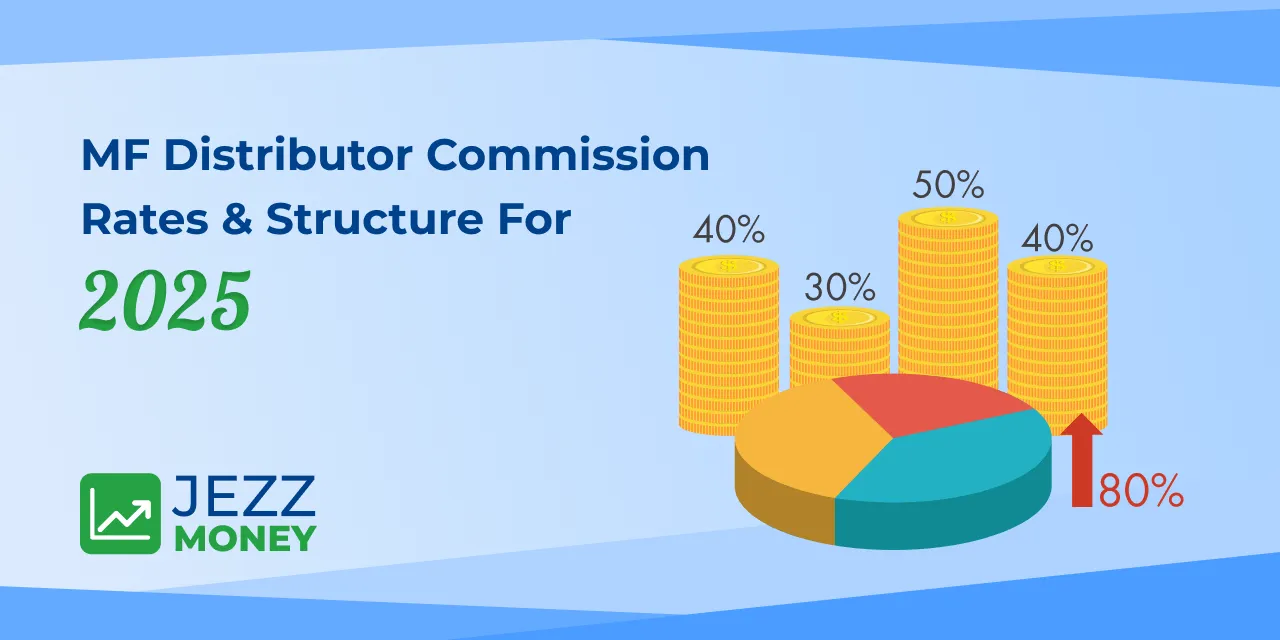In 2025, Mutual Fund Distributors (MFDs) will have more tools and opportunities than ever to grow their income. With a well-planned approach, you can increase your Assets Under Management (AUM), strengthen client relationships, and earn higher trail commissions. Here are five practical ways to do just that:
1. Offer More Than Just Mutual Funds
Expand your product portfolio by cross-selling complementary financial solutions. For example, pair SIPs with term insurance for long-term protection, recommend liquid funds for emergency savings, and promote ELSS during tax season to attract tax-conscious investors. This not only increases your commission potential but also positions you as a well-rounded financial advisor.
2. Host Investor Awareness Sessions
Build trust by educating your audience. Utilize platforms such as webinars, YouTube, WhatsApp groups, or local events to simplify complex financial concepts for beginners.
3. Promote SIP Top-Ups for Growing AUM
Encourage clients to set up annual Systematic Investment Plan (SIP) top-ups—such as a 10% increase per year—aligned with their income growth. This approach steadily boosts their investment value and your recurring trail commission.
4. Emphasize Long-Term Wealth Creation
Help clients stay invested through market cycles by educating them on the benefits of compounding and the risks of frequent redemptions. This fosters better portfolio stability and sustained commissions for you.
5. Leverage Referrals from Satisfied Clients
Your existing clients can become your strongest promoters. Encourage them to refer friends, family, or colleagues. Referrals are a cost-effective way to grow your client base and AUM without extra marketing spend.
By focusing on value-driven relationships and consistent investor education, you can grow your income and establish yourself as a trusted financial partner. Read this blog on Best Practices for Mutual Fund Distributors to Increase AUM to increas your AUM in 2025
